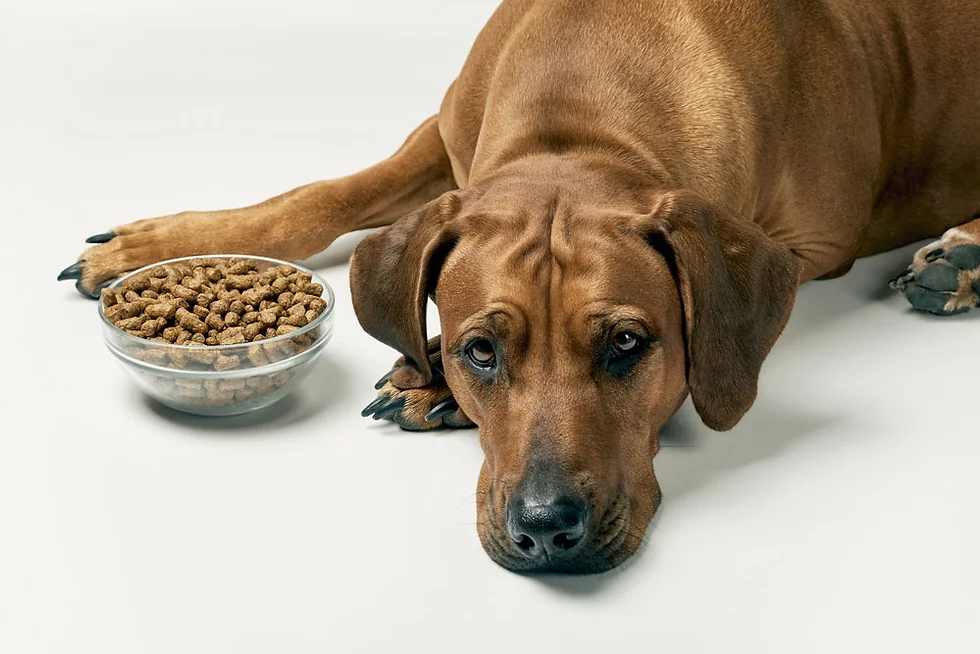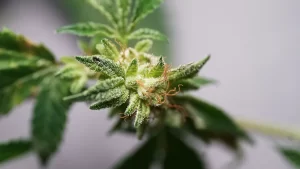Choosing The Right Raw Pet Food for Your Pet. Learn How to Do It at Houston Raw Pet Foods.

Over the last several years, raw feeding appears to have gained favour. Commercially prepared raw food is also available at major pet stores. However, there are several confusing arguments for and against raw feeding, making it a veritable minefield.
All in all, there are proven benefits to feeding raw pet food. However, it has to be done in the right way. This guide by Houston Raw Pet Foods entails the factors to consider when choosing the right raw pet food for your pet. Before that, let’s explore what raw feeding is and why people are increasingly feeding raw diets.
Raw Feeding: What is It?
Raw feeding is precisely what it sounds like i.e., providing raw materials to your pet instead of the more customary prepared meal. Raw diets often consist of raw meat and other uncooked items such as fruits and vegetables.
Access the following and more raw food diets at our pet food store in Houston, TX:
Smallbatch Dog Lamb Batch 8-oz Patties Raw Frozen Dog Food, 18-lb bulk
Smallbatch Dog Frozen Raw Food Patties Pork, Bulk 18lb
Smallbatch Chicken Frozen Raw Patties Dog Food, 18 lb
SmallBatch Frozen Raw Dog Food Pork – 3LB & 6LB
Smallbatch | Frozen Raw Cat Sliders Batch – Select a Protein
Steve’s Frozen Raw Dog & Cat Food Patties 14lb box
Why Are People Increasingly Feeding Raw Diets?
Many individuals are increasingly choosing to offer their pets a raw diet because they believe it is a more “natural” alternative to regular dog food. It mimics what they would feed in the wild meaning that’s what their ancestors fed. Owners who give their dogs or cats a raw diet often report seeing a lot of positive improvements in their pets. This might include a glossier coat and increased vitality, as well as lesser stinky poos!
Let’s now explore tips on choosing raw food for your pet.
What To Consider When Choosing Raw Food For Your Pet
- Meat Quality. Muscle meat is the most important component of a raw diet, thus it must be human-grade and of good quality. Check the ingredient list and analyze it. Higher-grade beef equals healthier meat!
- Availability of Supplements. Some raw diets contain supplements, while others do not. Look for whole food supplements rather than manufactured vitamins and minerals (with chemical-sounding names). Some common supplements include spirulina, kelp, and essential fatty acid (EFA) oils. All of these are OK unless your dog has food allergies.
- Organs. Organs have a protein content of 14-19%. Organ meats ought to be included as well in the mix, therefore, source your raw food from companies that use whole animal ingredients to ensure that these vital organ meats remain intact. Heart meat is classified as muscle meat, but the liver and kidneys provide essential trace elements and vitamins in their original form. Heart meat can ideally make up between ten and fifteen percent of the entire diet, with organ meats accounting for 5 to 10 percent.
- Bone Content. Bone is a critical component, and utilizing the whole animal, such as a chicken carcass, tends to balance well. However, using a supplement or sections of the animal may not always be properly balanced, so check Phosphorus and Calcium levels as well as their ratios! The kind of bone used is important; non-weight-bearing edible bones are a nutritionally essential component of raw diets.
- Fat Content. There are two types of fat: unsaturated and saturated. Saturated fat is derived from white fat found in meat. It’s what gives it the marbled appearance. It is also found in significant concentrations in fowl skin. Unsaturated fats are naturally found in meat and vegetables, but they may also be supplemented with cold-pressed oils derived from fish and plants. Fifteen percent fat or greater is suspicious unless you’re feeding duck, which is naturally rich in fat even in its raw form. If your dog’s stools or diarrhea are oily, you should either add additional muscle meat or change brands. As previously stated, excessive fat is a severe worry for animals with hepatic and pancreatic difficulties, who may get unwell.
- Carbohydrates. Fruit and vegetables are high in fiber, vitamins, minerals, enzymes, phytonutrients, and antioxidants, hence a low carbohydrate diet is recommended if they are included in the raw diet. If your pet’s complete meal includes fruit and vegetables (as it should), it should be ground finely to guarantee that the cellulose in the plant walls has been broken down and that your pet can access and absorb the essential nutrients. Avoid raw foods that include whole grains and high quantities of carbs, since they negate the advantages of a raw diet!
- Packaging. This may seem unusual, but your pet’s food will need to be kept in your freezer and fridge, therefore the size of the package should be determined by the size of your dog and its daily demands. This can help avoid contamination.
Choose the Best Raw Pet Food for Optimal Health!
Ensure that your pets flourish by choosing the best nourishment available. Houston Raw Pet Foods provides a wide range of high-quality raw food alternatives adapted to your dogs’ specific requirements. From nutrient-dense meats to nutritious bones, we offer everything you need to keep your pet pals healthy and energetic. Visit our website now to learn more about choosing the best raw diet for your dogs and begin their road to better health.








